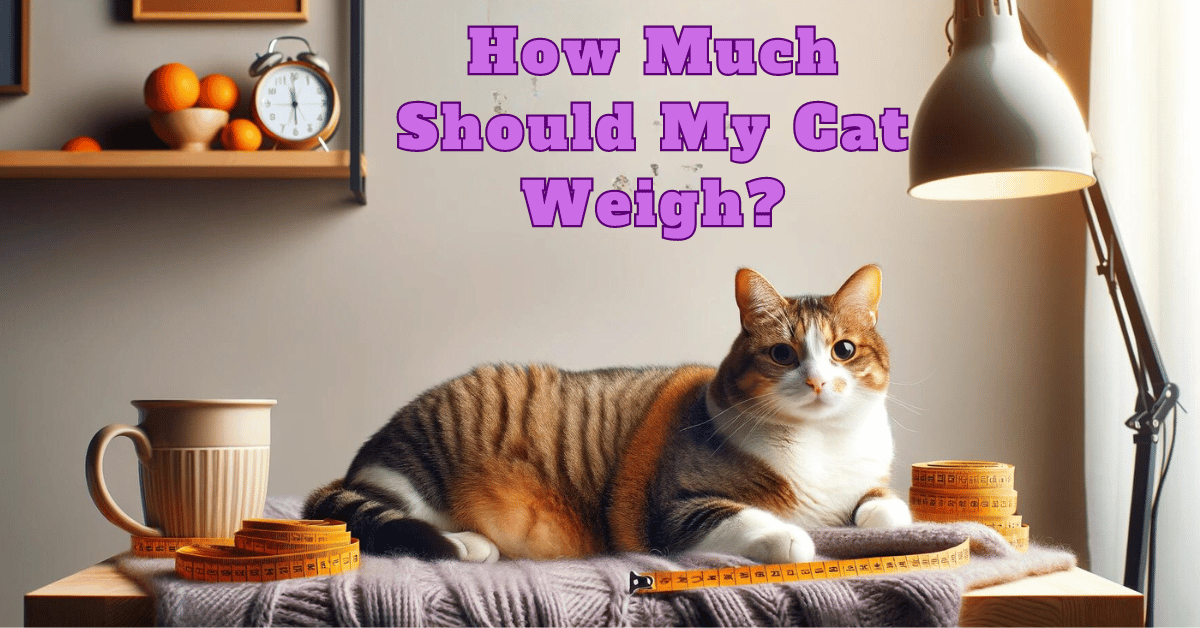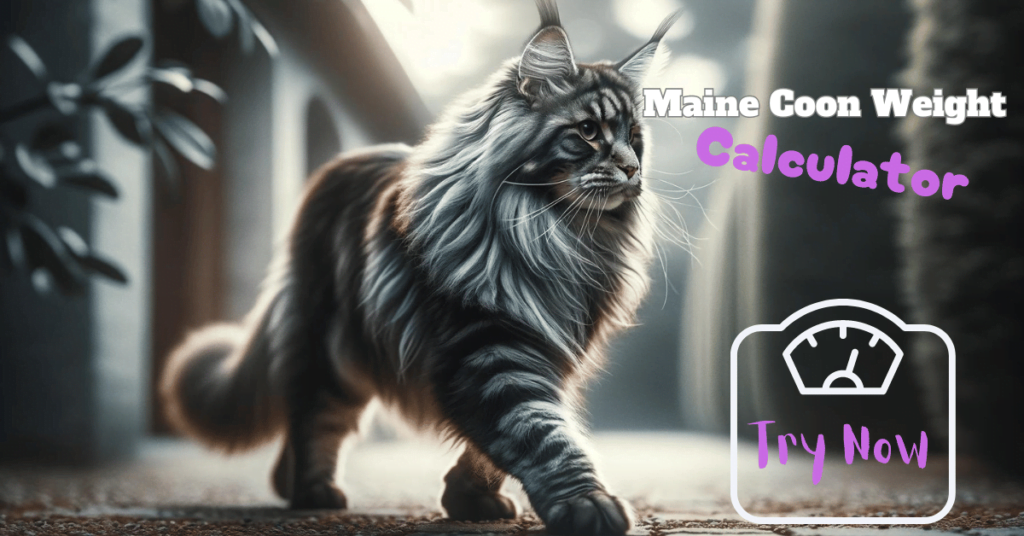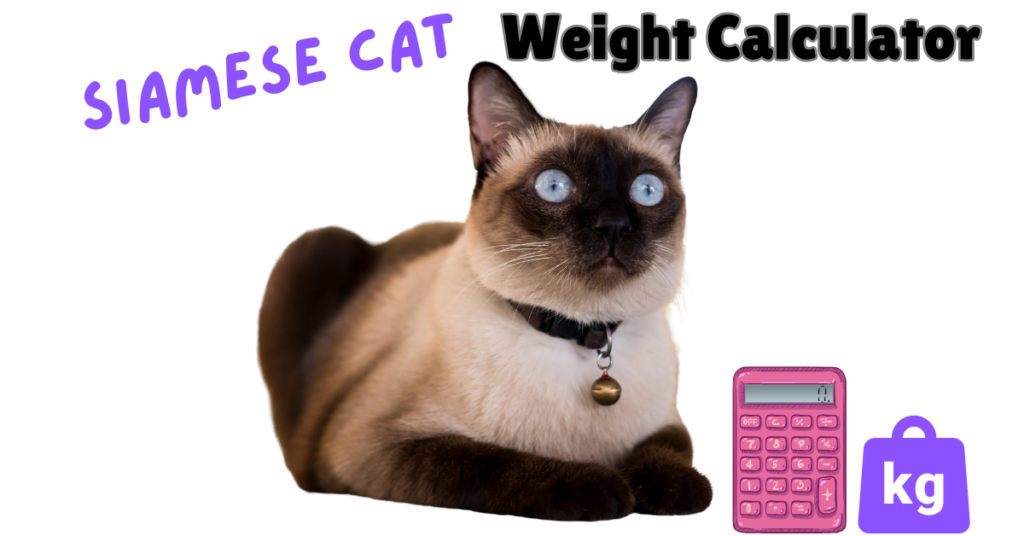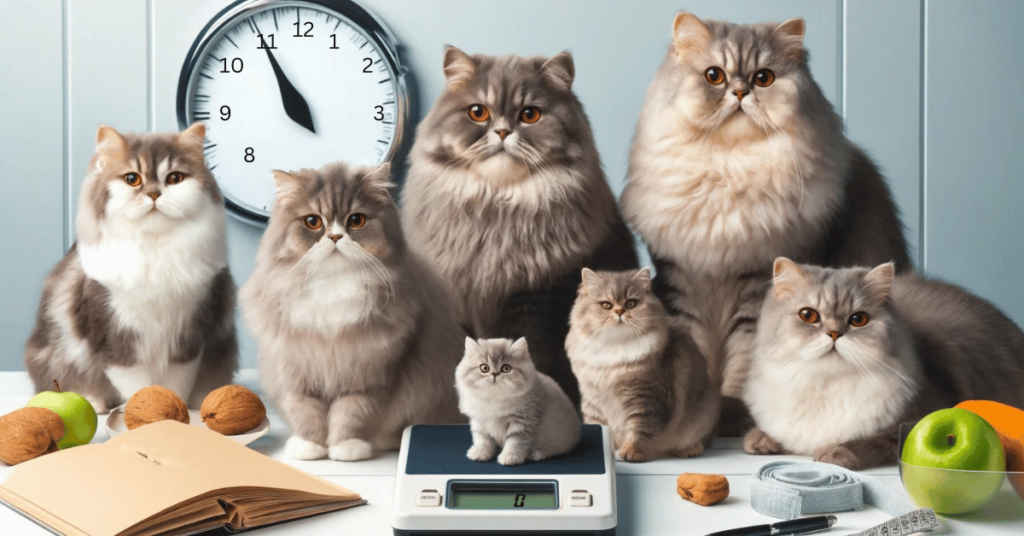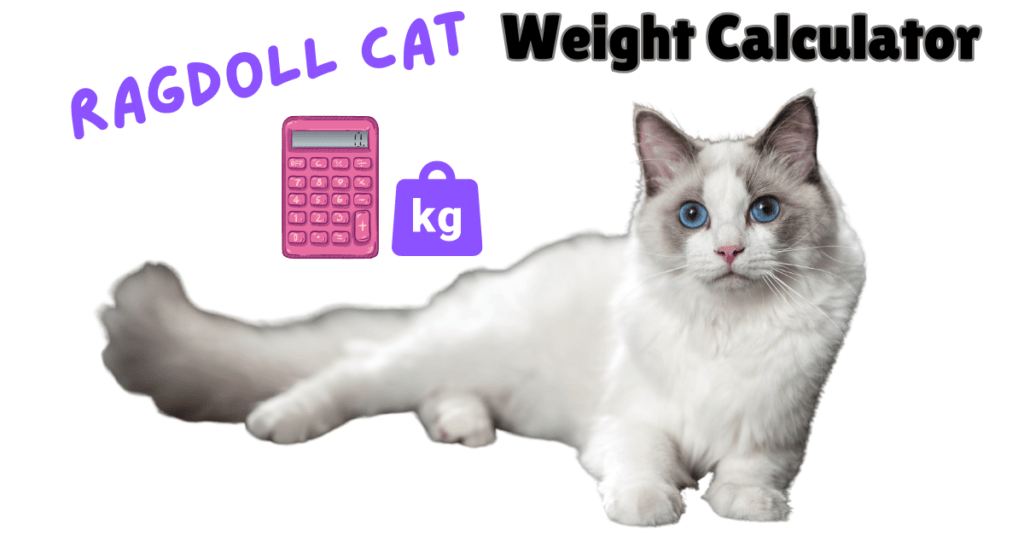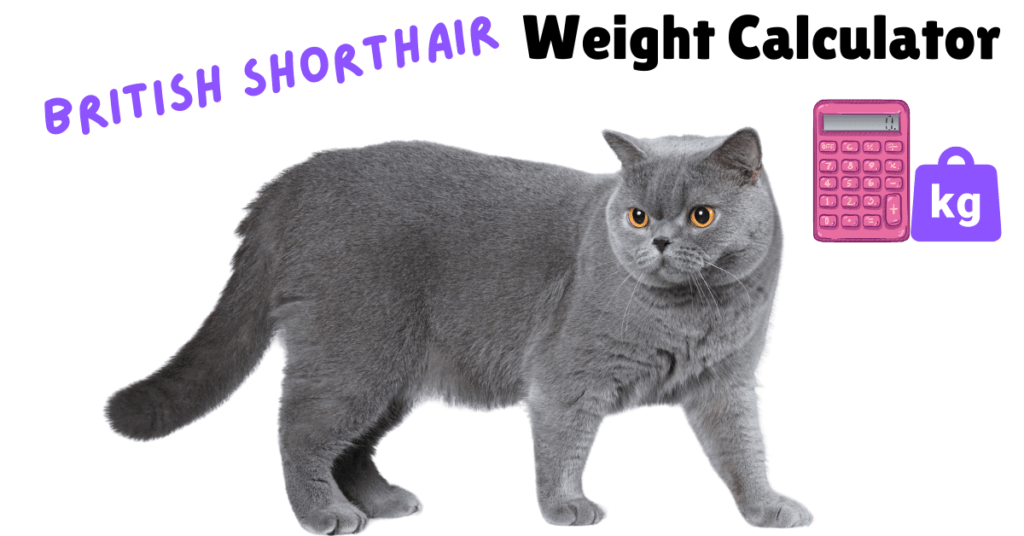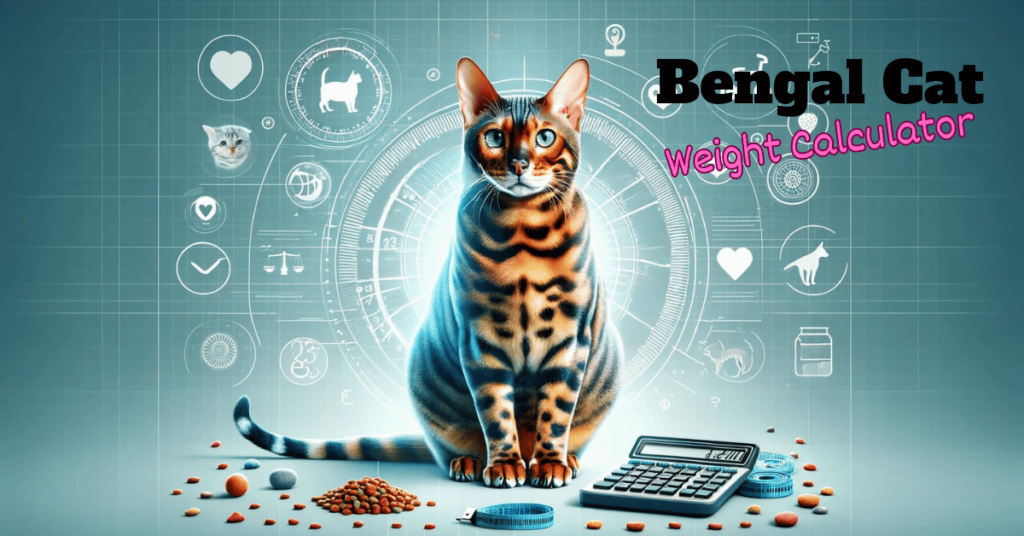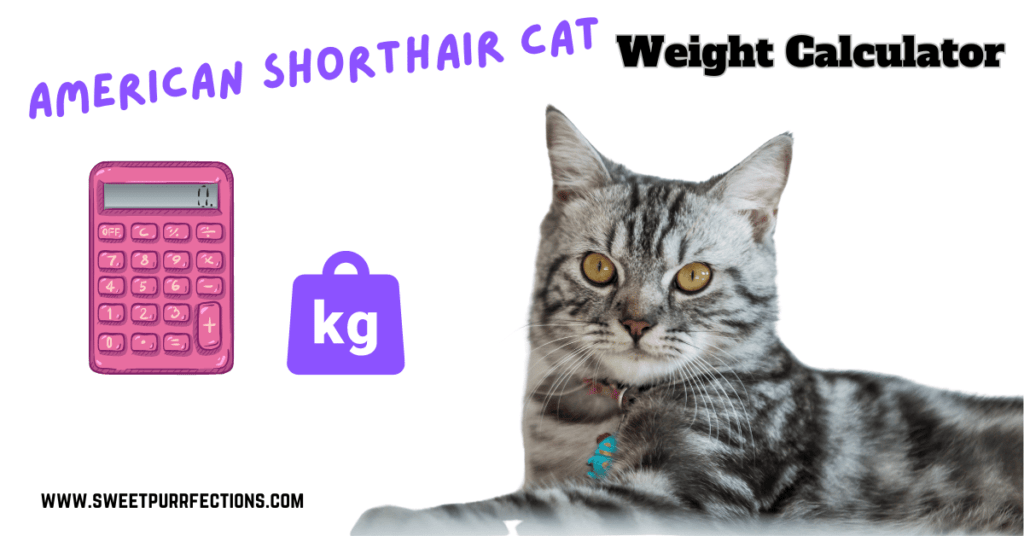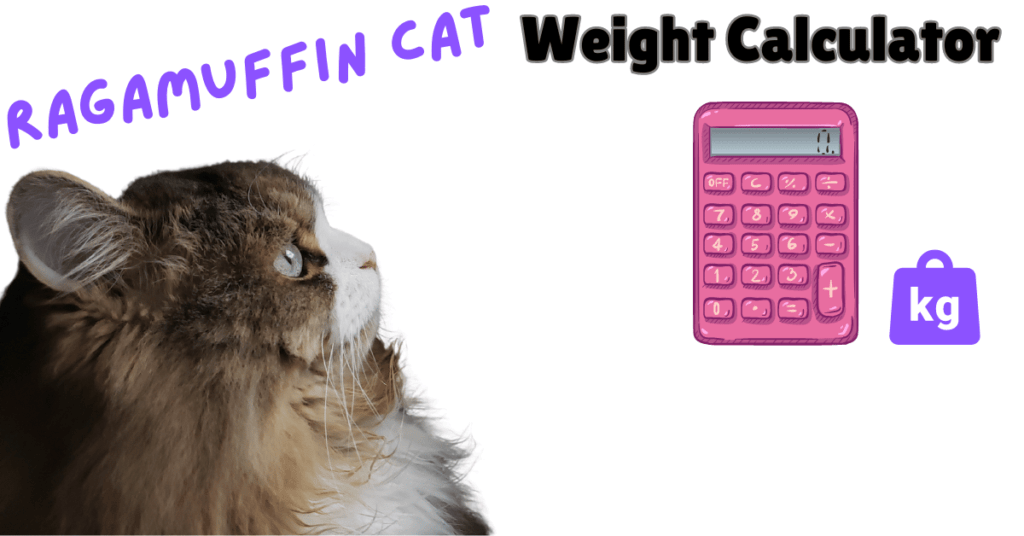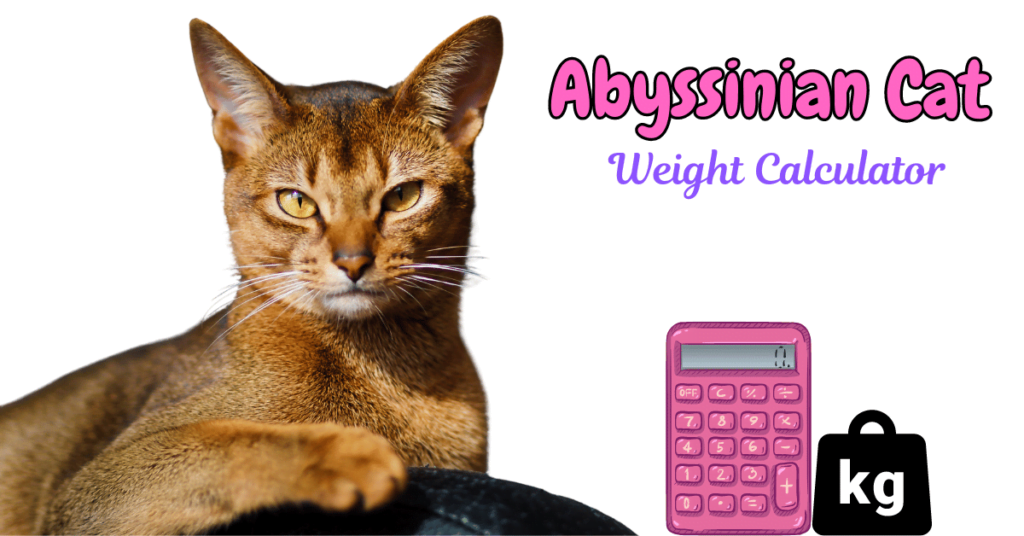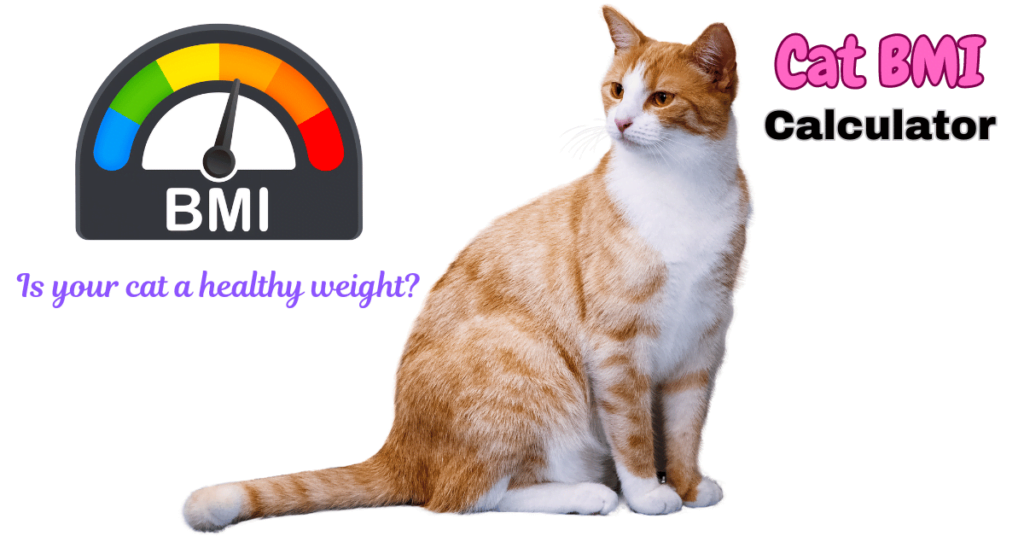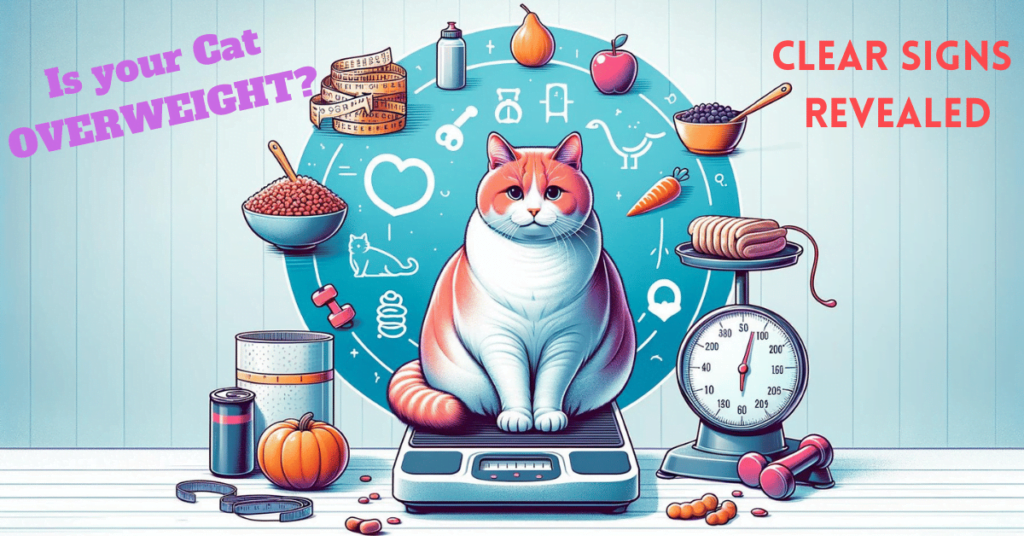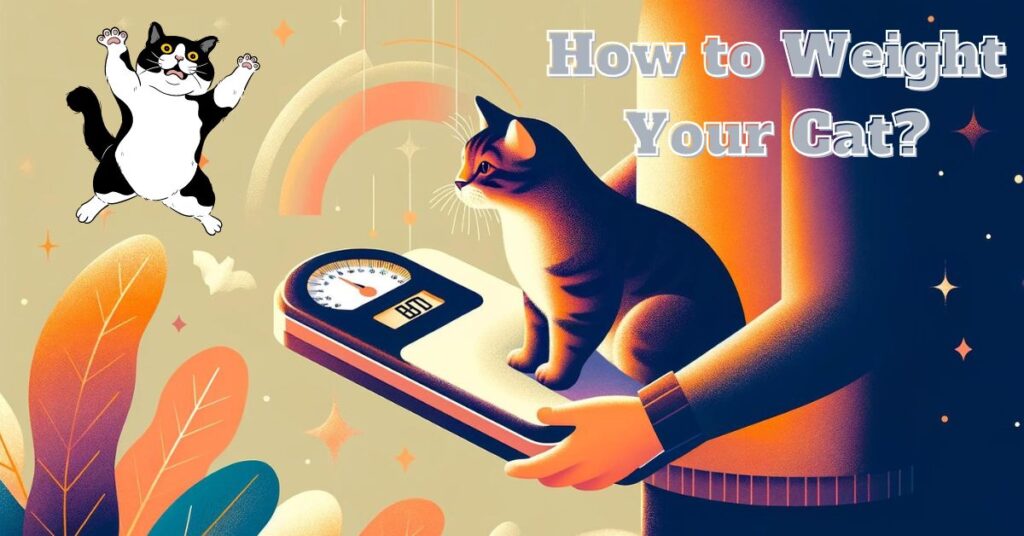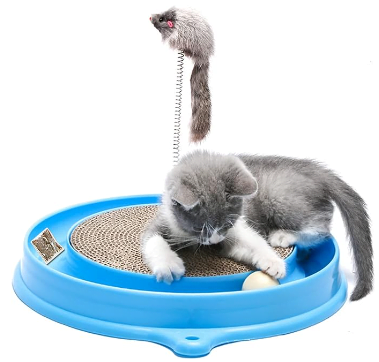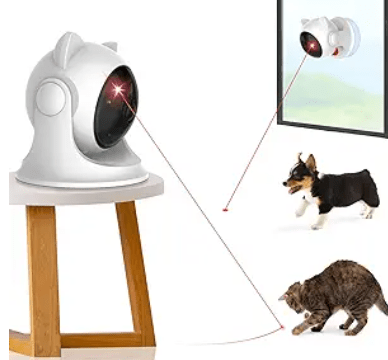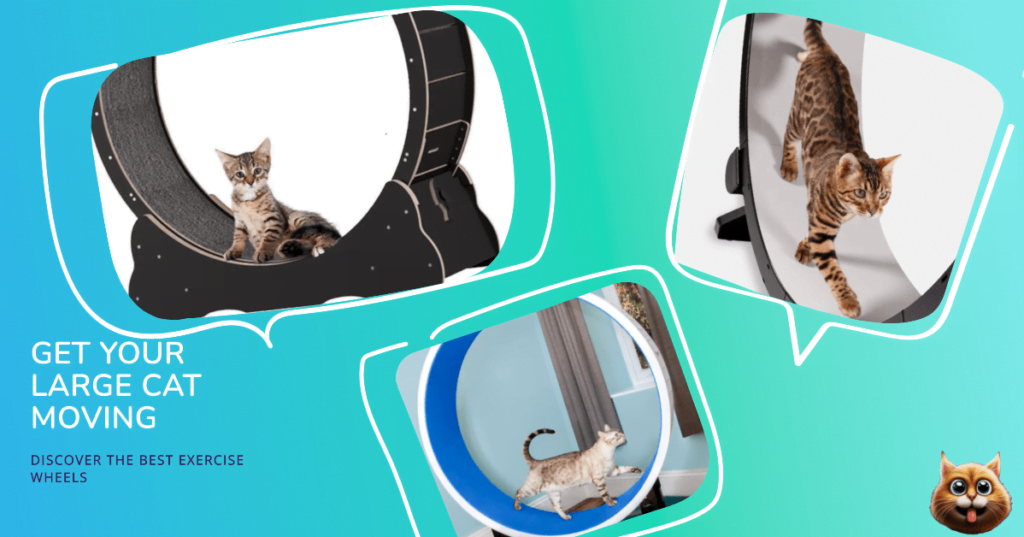This post contains affiliate links and I will be compensated if you make a purchase after clicking on my links.
Understanding Your Cat’s Ideal Weight: How Much Should My Cat Weigh?
Understanding the average cat weight is a key part of ensuring your pet stays on track with their health goals. Typically, adult cats weigh between 7-12 pounds, but several factors, especially breed, can influence this. The weight of your cat isn’t just a number—it’s a vital sign of their overall health and well-being.
Indoor cats, due to their less active lifestyles, are particularly prone to weight gain, which can lead to significant health issues and potentially reduce their lifespan. In this article, we’ll explore what affects your cat’s weight and discuss how to determine the ideal weight for your cat to help them maintain a happy, healthy, and active life.
Average Cat Weights by Breed: What You Need to Know

Each cat breed has its unique ideal weight range, which is crucial for cat owners to consider. While the numbers below may change based on various factors, they are meant to offer an understanding of the average weight.
1. Singapura Average Weight
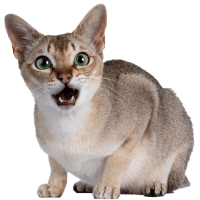
The Singapura, one of the tiniest breeds, typically weighs between 4-8 pounds. Renowned for their playful and curious nature, these cats embody a kitten-like spirit throughout their lives.
2. Maine Coon Average Weight
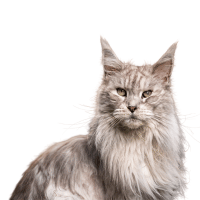
Female Maine Coons weigh between 12-15 pounds, while males can reach up to 22 pounds, reflecting their large, muscular build. These sociable cats are often considered the “dogs of the cat world.”
3. Domestic Shorthair Average Weight
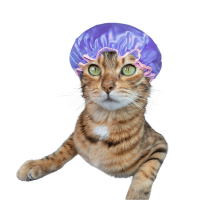
The Domestic Shorthair is a delightful blend of numerous breeds, resulting in a variety of shapes, sizes, and personalities. These cats are generally known for their playful yet quiet and affectionate nature. On the scales, males usually weigh between 11-15 pounds, while females range from 6 to 12 pounds.
4. Siamese Cat Average Weight
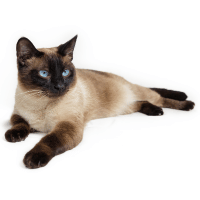
Siamese cats are known for their striking appearance and piercing blue eyes. They typically weigh between 8-12 pounds and are highly interactive, craving affection.
5. Persian Cat Average Weight
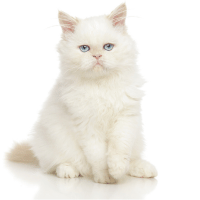
Persians, with their luxurious long coats and gentle demeanor, usually range from 7-12 pounds. Their dense fur can make them look bigger than they actually are.
6. Ragdoll Cat Average Weight
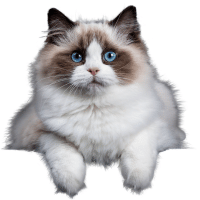
Ragdolls, known for their docile and placid temperament, typically weigh between 10-21 pounds, with males generally being larger. They are famous for their striking blue eyes and color-point coat.
7. British Shorthair Average Weight
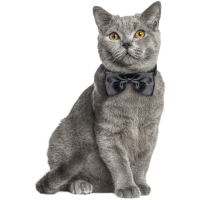
The British Shorthair cats typically have a robust and muscular build, with weights ranging from 9-18 pounds. British Shorthairs are known for their plush coat and rounded features, making them an ideal family pet.
8. Bengal Cat Average Weight
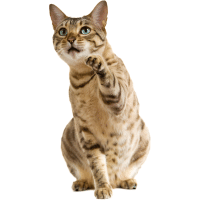
Bengals, celebrated for their lean and muscular build and exotic coat, weigh between 8-15 pounds.
9. American Shorthair Cat Average Weight
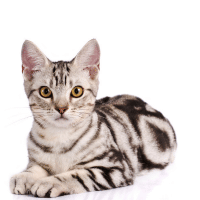
American Shorthair cats, often weighing between 7-16 pounds, are known for their robust build and friendly nature. They are a popular choice for families due to their good health and easygoing temperament.
10. Sphynx Cat Average Weight
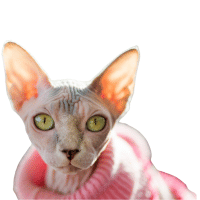
The Sphynx cat breed is famous for its lack of fur, showcasing a warm, smooth skin. Typically weighing between 5.5-12 pounds, these cats are highly energetic and seek constant human interaction.
11. Ragamuffin Cat Average Weight
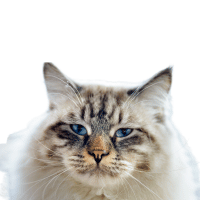
Originating from the Ragdoll, Ragamuffins are typically larger cats. Adult males weigh between 15 and 20 pounds, while females are lighter, ranging from 9 to 15 pounds.
12. Abyssinian Cats Average Weight
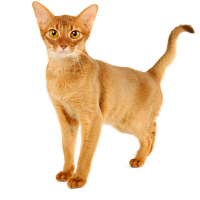
Abyssinian cats typically showcase a graceful balance of weight and agility, with the average adult Abyssinian weighing between 6 to 12 pounds. The males of this breed often tip the scales at the higher end of this range, usually weighing closer to 10 to 12 pounds. In contrast, female Abyssinians tend to be lighter, generally weighing around 6 to 10 pounds.
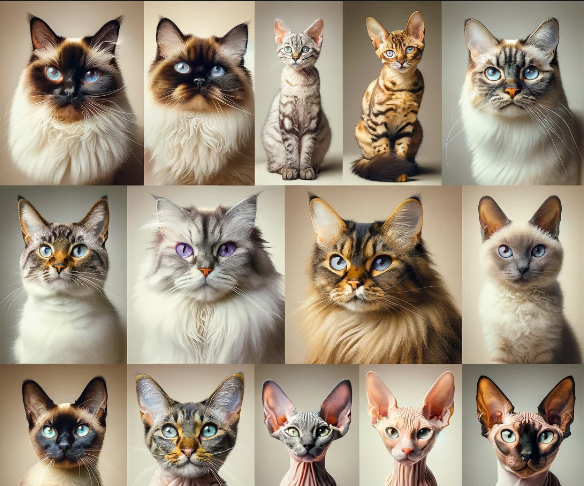
Cat Weight Chart by Age: Understanding Normal Growth
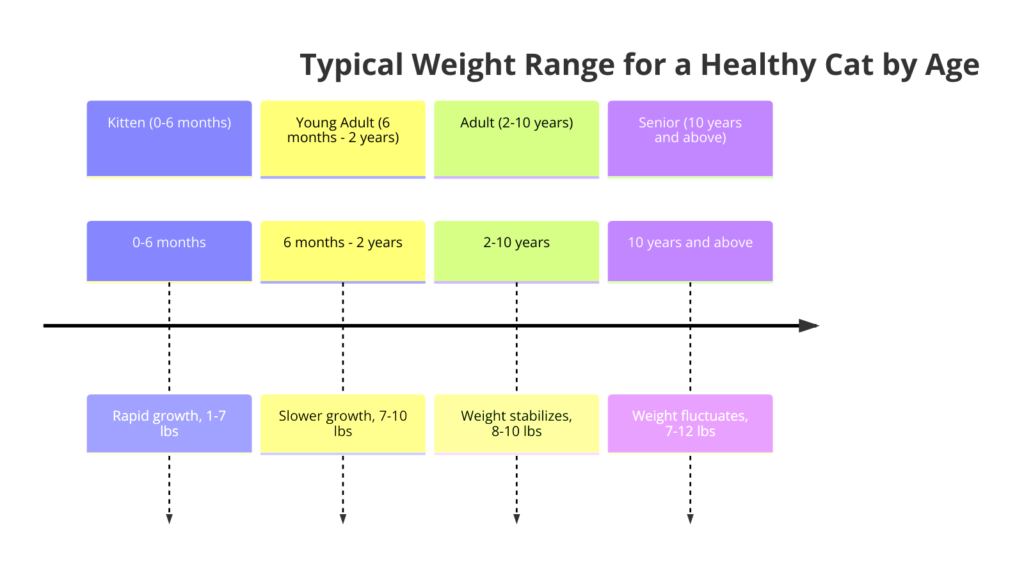
- Kitten (0-6 months):
- Growth is rapid during these months.
- Weight varies widely, generally between 1 lb at birth to around 5-7 lbs at 6 months.
- Young Adult (6 months – 2 years):
- Growth rate slows down.
- Average weight is usually between 7-10 lbs, depending on the breed.
- Adult (2-10 years):
- Weight should stabilize.
- Healthy weight range is typically between 8-10 lbs for most domestic cats, but as you’ve seen earlier larger breeds weight more.
- Senior (10 years and above):
- Weight may start to fluctuate due to aging, health issues.
- Healthy weight is generally around 7-12 lbs, but varies based on health and breed.
- Regular veterinary check-ups are crucial to monitor weight and overall health.
Evaluating Cat Weight: BCS and Key Factors
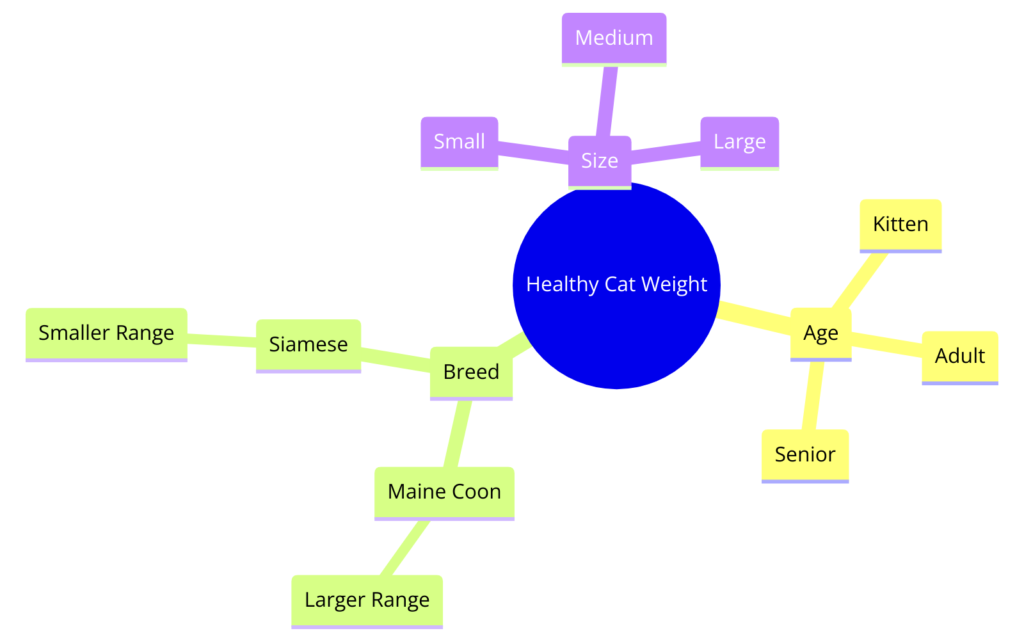
There are several factors that affect your cat’s weight, including age, breed, and size. These elements are crucial in determining what a healthy weight looks like for each individual cat. For instance, the healthy weight range for a Maine Coon will significantly differ from that of a Siamese cat.
For this reason, understanding the Body Condition Score (BCS) is pivotal for accurately assessing your cat’s weight category. The BCS is a scale used by veterinarians to evaluate a cat’s body fat and overall condition, typically ranging from 1 (Critically Underweight) to 5 (Obese)
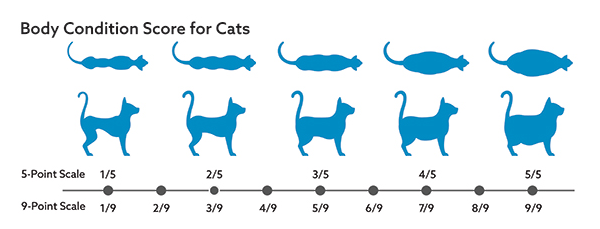
Image courtesy of VCA Hospitals.
- Critically Underweight: In this category, a cat’s ribs, tail bones, and spine are easily visible, with no discernible body fat. These cats often exhibit a severe tummy tuck and lack energy.
- Underweight: Cats in this category have visible ribs with minimal fat covering. They might have some padding on their tail bones and a noticeable tummy tuck.
- Ideal Weight: An ideally weighted cat has ribs that are palpable but not visible, a slight waist behind the ribs, a minimal abdominal fat pad, and a well-proportioned body.
- Overweight: Here, the ribs are difficult to feel under a layer of fat, there’s noticeable rounding of the abdomen, and the waist is absent or barely visible.
- Obese: In obese cats, the ribs are hard to feel under heavy fat deposits, there’s significant rounding of the abdomen, and they may have fat deposits in the lumbar area and face.
Physical traits vary within these weight categories, with underweight cats often having dull fur and visible bones, while obese cats might struggle with mobility and show visible fat deposits.
Obesity and Underweight in Cats: Health Risks and Prevention
Cats, just like humans, face serious health risks when they deviate from their ideal weight range. Obesity in cats can lead to a variety of health issues, including diabetes, arthritis, urinary tract disease, and even certain types of cancer. These conditions not only diminish the quality of life but can also shorten a cat’s lifespan.
On the flip side, underweight cats are not without risks. They may suffer from nutritional deficiencies, weakened immune systems, and an increased risk of illness.
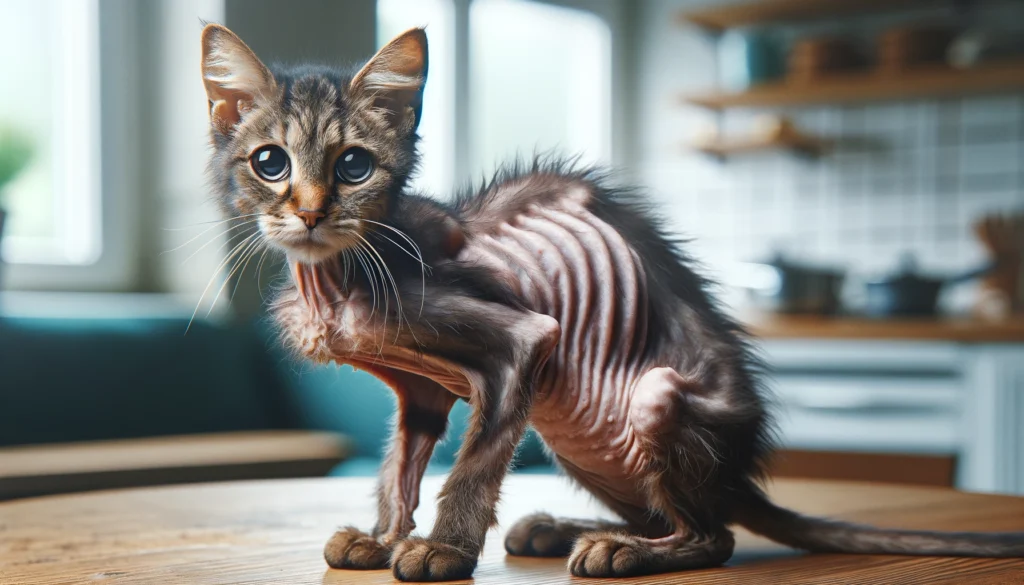
The key to avoiding these extremes is a balanced diet and regular veterinary check-ups. Ensuring your cat gets the right amount of high-quality food and routine health monitoring are essential steps in maintaining optimal weight and overall health
Fun Fact: Did you know that the world’s heaviest recorded cat weighed a whopping 46.8 pounds? That’s about the same as an average six-year-old child! While this is an extreme case, it highlights the importance of monitoring your cat’s weight for their health.
Best Tech Tools for Monitoring Your Cat’s Weight
Smart scales and pet fitness trackers have become invaluable tools for pet owners. These devices not only track weight but can also monitor activity levels, giving insights into your cat’s overall health and fitness.
Implementing a monthly weight check using a smart scale can help track your cat’s weight trends and alert you to any significant changes. These fluctuations can be early indicators of health issues, allowing for prompt veterinary consultation and intervention.
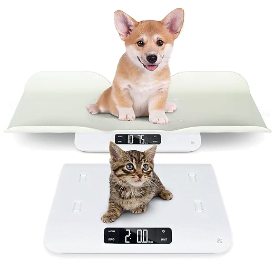
Cat Exercise Essentials: Fun Ways to Keep Your Cat Fit
Exercise is a vital component of a cat’s health and well-being, regardless of their weight. It’s not just about managing obesity; regular physical activity is crucial for all cats to maintain muscle tone, reduce stress, and improve overall health.
For those with adequate space, cat exercise wheels are an excellent addition to your cat’s exercise regimen. They offer a unique and stimulating way for your cat to engage in physical activity indoors. These wheels are not just for weight management; they provide a fun and interactive experience that can benefit cats of all sizes and shapes.
However, if space is a constraint, don’t worry! There are plenty of alternatives to keep your cat active and healthy. Interactive toys, laser pointers, feather wands, and regular play sessions can all provide valuable exercise.
Fun Fact: Cats are natural athletes and can jump up to six times their body length in a single leap! Maintaining a healthy weight is crucial for this impressive acrobatic ability.
Optimal Cat Diet for a Healthy Weight: Tips and Advice
A cat’s diet is a fundamental aspect of maintaining a healthy weight. The right balance of nutrients can make a significant difference in your cat’s health and energy levels. High-quality, protein-rich, and grain-free diets are often recommended to ensure your cat receives the nutrition they need without unnecessary fillers.
For overweight cats, consider feeding smaller meals throughout the day. This approach can help regulate their metabolism and prevent overeating. On the other hand, underweight cats may benefit from high-quality foods rich in animal protein and healthy fats to help them gain weight safely.
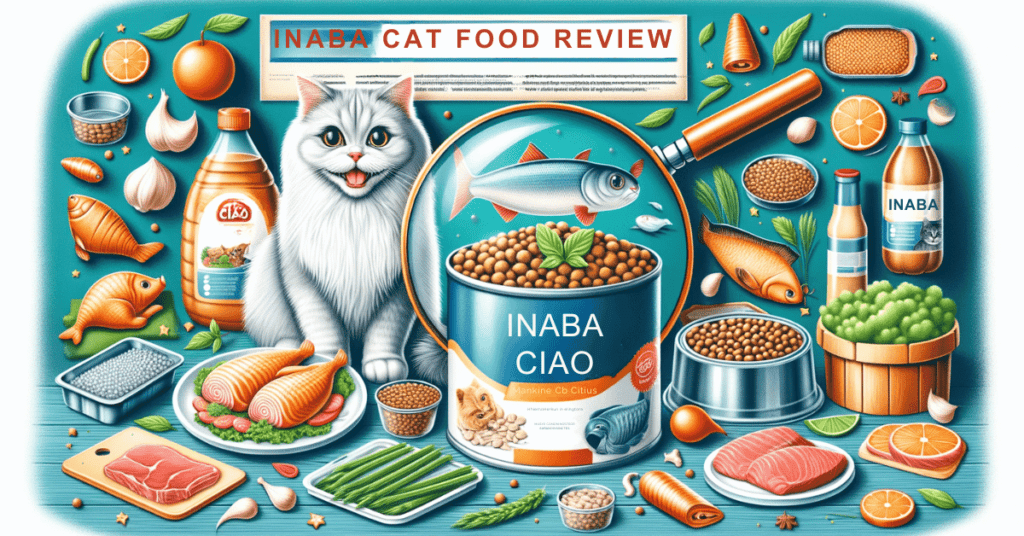
Inaba Ciao Provide some of the best high-quality food
Remember, portion control is crucial. Overfeeding, even with high-quality food, can result in weight gain, whereas underfeeding can cause malnutrition. Automatic cat feeders can facilitate effortless portion control.
Easy Cat Diet and Exercise Plans for Busy Owners
Understanding that time can be limited, here is an example of a manageable nutrition and exercise plan example for your cat:
Nutrition Plan Example:
- Morning: A portion of high-protein wet cat food (sized according to your cat’s weight and vet’s advice).
- Evening: Another serving of wet food or a balanced dry food formulated for your cat’s specific life stage.
- Snacks: Limited to a couple of healthy treats, such as a small piece of cooked chicken or a few kibbles of their regular food.
Important Note: Always provide fresh water for your cat. It’s vital for their health and ensure they’re drinking enough.
Exercise Routine Example:
- 10 Minutes Daily Interactive Play: Use toys like feathers, laser pointers, or balls for a quick but stimulating play session. This can be done at any time that fits your schedule.
- Self-Play: Ensure your cat has access to engaging toys like puzzle feeders or balls that they can play with on their own throughout the day.
- Optional: If possible, provide access to a cat exercise wheel or climbing tree for spontaneous activity.
How to Tell if Your Cat is at a Healthy Weight
Knowing what a healthy cat looks like can help you better understand your cat’s weight. A cat at a healthy weight typically has a shiny coat, a playful demeanor, and breathes easily. They should have a visible waist when viewed from above and their ribs should be palpable but not visible. They should move with ease, able to jump and play without difficulty.
Cats with excess weight might have fat deposits around the abdomen and lack a visible waistline. On the other hand, underweight cats may have visible ribs and hip bones, and appear less energetic.
Wrapping Up: The Role of Average Cat Weight in Your Cat’s Health
Ensuring your cat maintains its ideal weight is more than just a health concern; it’s a commitment to their overall well being. By grasping the essentials of cat weight management, leveraging the latest in pet health technology, embracing regular and enjoyable exercise routines, and focusing on a nutritious diet, you are setting the stage for a vibrant and active life for your feline companion.
We urge you to actively manage your cat’s weight, always with an eye on their health rather than just their physical appearance. Embracing this approach is not merely about numbers on a scale; it’s about nurturing a fulfilling and joyous life for your cherished cat, full of playfulness, good health, and affection.
Meet Sean, a fintech whiz with a penchant for pet purrs and blockchain buzz. After a decade of fintech feats, Sean’s tech talents leaped from ledger lines to litter lines, driven by a passion for pets and a vision for a more connected pet care community. With three critter companions as co-pilots, Sean launched this blog to share a treasury of pet-friendly tech tips and tales.

